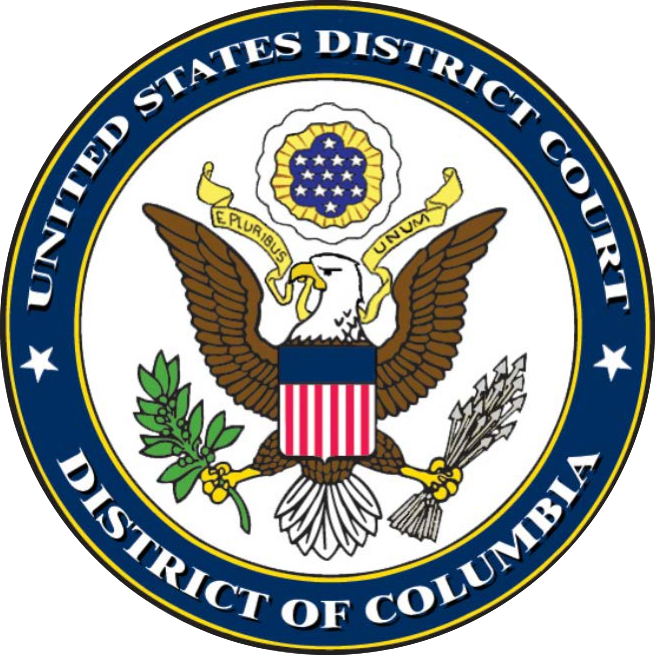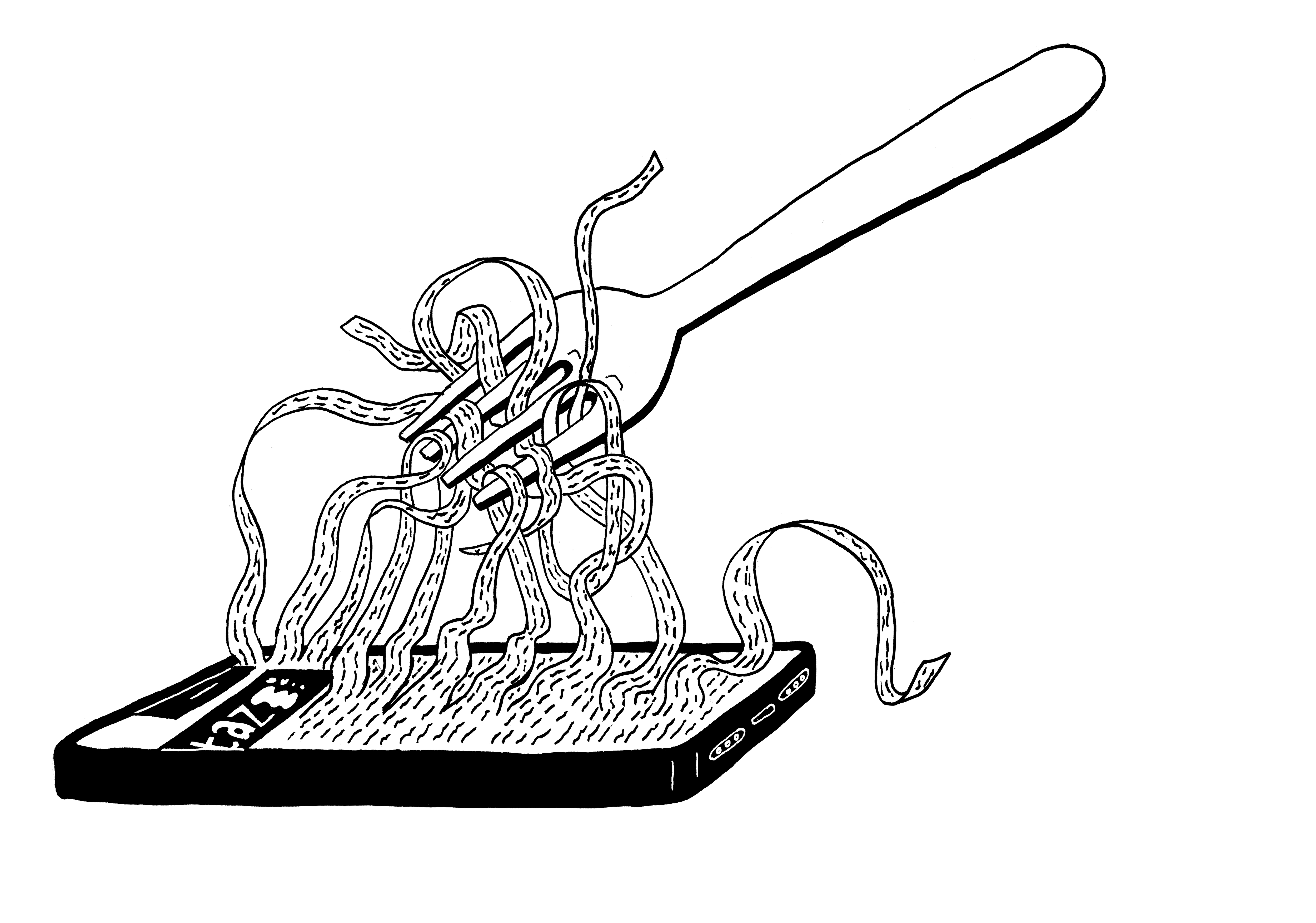Bereits am am 2. Oktober wurde eine MOTION for Immunity Determinations by USA veröffentlicht; gerade wurden die Anlagen dazu veröffentlicht. Bei der motion ging es um Folgendes:
„In Trump v. United States, 144 S. Ct. 2312 (2024), the Supreme Court held that presidents are immune from prosecution for certain official conduct – including the defendant’s use of the Justice Department in furtherance of his scheme, as was alleged in the original indictment – and remanded to this Court [District Court = 1. Instanz] to determine whether the remaining allegations against the defendant are immunized.“
(https://storage.courtlistener.com/recap/gov.uscourts.dcd.258148/gov.uscourts.dcd.258148.252.0_3.pdf, S. 1)
Dabei gab der Supreme Court dem District Court folgendes mit auf den Weg:
„Whether the communications alleged in the indictment involve official conduct may depend on the content and context of each. This necessarily factbound analysis is best performed initially by the District Court. The Court therefore remands to the District Court to determine in the first instance whether this alleged conduct is official or unofficial.“
(https://www.supremecourt.gov/opinions/23pdf/23-939_e2pg.pdf, S. 7)
In der 165-seitigen motion begründete die Anklagebehörde ihre Auffassung, daß alle anderen anklagegegenständlichen Handlungen Trumps (als die auf das Justizministerium bezogen) nicht der Immunität unterliegen. Da dem District Court mit auf den Weg gegeben wurde, seine Entscheidung, „factbound“ zu treffen, hat die Angeklagebehörde in ihrer motion sehr viel detaillierter zu ihren Vorwürfen vorgetragen, als diese bisher öffentlich bekannt waren. Die motion gliedert sich wie folgt:
I. Factual Proffer (S. 3 – 85)
A. Formation of the Conspiracies (S. 4 – 10)
B. The Defendant Knew that His Claims of Outcome-Determinative Fraud Were False (S. 10 – 16)
C. The Defendant Aimed Deceit at the Targeted States to Alter Their Ascertainment and Appointment of Electors (S. 16 – 47)
1. Arizona (S. 17 – 21)
2. Georgia (S. 21 – 31)
3. Michigan (S. 31 – 35)
4. Nevada (S. 35 – 37)
5. Pennsylvania (S. 37 – 40)
6. Wisconsin (S. 41)
7. Voting Machines in Multiple States (S. 42 – 47)
D. The Defendant Organized and Caused His Electors to Submit Fraudulent Certificates Creating the False Appearance That States Submitted Competing Electoral Slates (S. 47 – 59)
E. The Defendant Attempted to Persuade Pence to Reject Votes Cast by Duly-Appointed Electors and Choose the Defendant’s Fraudulent Ones (S. 59 – 72)
F. The Defendant Caused Unlawful Conduct on January 6 and Tried to Take Advantage of the Riot that Ensued (S. 72 – 85)
II. Legal Framework (S. 85 – 88)
III. None of the Allegations or Evidence Is Protected by Presidential Immunity (S. 88 – 164)
A. The Defendant’s Interactions with Pence (S. 89 – 99)
1. The defendant’s interactions with Pence as the President of the Senate were official, but the rebuttable presumption of immunity is overcome (S. 90 – 98)
2. The defendant’s interactions with Pence as a running mate were unofficial (S. 98 – 99)
3. P58 [= Anonymisierung eines Namens] one-on-one interactions with CC2 [= Anonymisierung eines weiteren Namens] were unofficial (S. 99)
B. The Defendant’s Interactions, in his Capacity as a Candidate, with Officials in the Targeted States (S. 100 – 112)
1. The interactions at issue were unofficial (S. 100 – 112)
a. Calls to P16 [= Anonymisierung eines weiteren Namens] (supra pp. 17-18) (S. 101 – 102)
b. Meeting with Michigan legislators (Superseding Indictment, ECF No. 226 ¶ 36; supra pp. 31-34) (S. 102 – 105)
c. Call with P18 [= Anonymisierung eines weiteren Namens] (Superseding Indictment, ECF No. 226 ¶ 19; p. 19) (S. 106 – 107)
d. Call to P26 [= Anonymisierung eines weiteren Namens] (supra pp. 23-24) (S. 107 – 108)
e. Call to P33 [= Anonymisierung eines weiteren Namens] (Superseding Indictment, ECF No. 226 ¶ 33; supra pp. 28-31(S. 109 – 111)
2. Even if the defendant’s contacts with state officials were official, the Government can rebut the presumption of immunity (S. 111 – 112)
C. The defendant’s efforts, as a candidate, to organize fraudulent electors (S. 112 – 114)
1. The conduct at issue was unofficial (S. 112 – 114)
2. Even if the conduct were deemed official, the Government could rebut the presumption of immunity (S. 114)
D. The Defendant’s Public Speeches, Tweets, and Other Public Statements as a Candidate (S. 115 – 147)
1. The statements at issue were unofficial (S. 115 – 145)
a. Speeches (S. 115 – 126)
i. Dalton, Georgia, on January 4, 2021 (supra p. 68) (S. 116 – 118)
ii. The Ellipse on January 6, 2021 (Superseding Indictment, ECF No. 226 ¶ 86; supra pp. 75-78) (S. 118 – 126)
b. Tweets (S. 126 – 144)
i. Tweets, as candidate, casting doubt on election integrity (S. 130)
ii. Tweets making false claims of election fraud (S. 130 – 131)
iii. Tweets and re-Tweets attacking those speaking the truth about the election (S. 131 – 135)
iv. Tweets exhorting individuals to travel to Washington, D.C., for the Save America Rally (Superseding Indictment, ECF No. 226 ¶¶ 68, 72, 79(b); supra pp. 60, 64, 71-73) (S. 136)
v. Tweets regarding Pence’s role on January 6 (Superseding Indictment, ECF No. 226 ¶¶ 69, 79(a), 82; supra pp. 61, 71-73) (S. 137 – 139)
vi. The defendant’s 2:24 p.m. Tweet on January 6 (Superseding Indictment, ECF No. 226 ¶ 94; supra pp. 80-81) (S. 139 – 144)
c. Other public statements (S. 144 – 145)
2. In the alternative, any official portions of the defendant’s public speeches, Tweets, or statements should be excised (S. 145 – 146)
E. The Defendant’s Interactions, in his Capacity as a Candidate, with White House Staff (S. 147 – 158)
1. The interactions at issue were unofficial (S. 147 – 157)
2. Even if this evidence were deemed official, the Government could rebut any presumption of immunity (S. 157 – 158)
F. Other Evidence of the Defendant’s Knowledge and Intent (S. 158 – 163)
1. The evidence at issue was unofficial (S. 158 – 163)
a. Statements by federal officials (S. 158 – 161)
b. The defendant’s use of Twitter and television on January 6 (Superseding Indictment, ECF No. 226 ¶ 92; supra p. 79) (S. 161 – 162)
c. The defendant’s post-Administration statements (supra pp. 81, 83) (S. 162 – 163)
2. Even if this evidence were deemed official, the Government could rebut any presumption of immunity (S. 163 – 164)
IV. Conclusion (S. 164 – 165)

https://storage.courtlistener.com/recap/gov.uscourts.dcd.258148/gov.uscourts.dcd.258148.252.0_3.pdf (165 Seiten)
Gerade wurden nun die 3 – getrennt paginierten – Anhänge von zusammen 1.889 Seiten (ca. 180 MB) veröffentlicht:

https://www.courtlistener.com/docket/67656595/united-states-v-trump/?filed_after=&filed_before=&entry_gte=&entry_lte=&order_by=desc#entry-266 (in Kürze wird dort, wo im Moment noch „Buy on PACER“ steht, eine .pdf-Datei zum kostenlosen Download zur Verfügung stehen).
Im Guardian heißt es über den Inhalt der Anlagen:
The „information visible to the public includes passages from former vice-president Mike Pence’s book, excerpts of testimony provided by several witnesses to the House committee that investigated the January 6 riot and a transcript of Trump’s phone call pressuring Georgia election officials to ‚find‘ enough votes to reverse his election loss in the state to Democrat Joe Biden.
Other documents include fundraising emails from Trump’s 2020 campaign and Pence’s letter telling Congress on January 6 that he could not claim ‚unilateral authority to determine which electoral votes should be counted and which should not‘.“
(https://www.theguardian.com/us-news/2024/oct/18/trump-january-6-jack-smith-documents-case-unsealed)
Trump hat bis zum 8. November Zeit, auf die motion der Anklagebehörde zu antworten:
https://www.courtlistener.com/docket/67656595/united-states-v-trump/?filed_after=&filed_before=&entry_gte=&entry_lte=&order_by=desc#minute-entry-404189901.
Es geht jetzt wohlbemerkt noch nicht darum, ob die Anklagebehörde das, was sie behauptet, auch beweisen kann, sondern ’nur‘ darum, welche ihrer Behauptungen und Beweismittel dafür die Anklagebehörde, überhaupt den Geschworenen präsentieren darf oder (wegen präsidialer Immunität) nicht präsentieren darf. Bevor der Fall vor die Geschworenen kommt, wird es sicherlich noch eine zweite Supreme Court-Entscheidung zur Immunitätsfrage geben – sofern das Wahlergebnis im November nicht eh dem ganzen Verfahren einen Strich durch die Rechnung macht.



